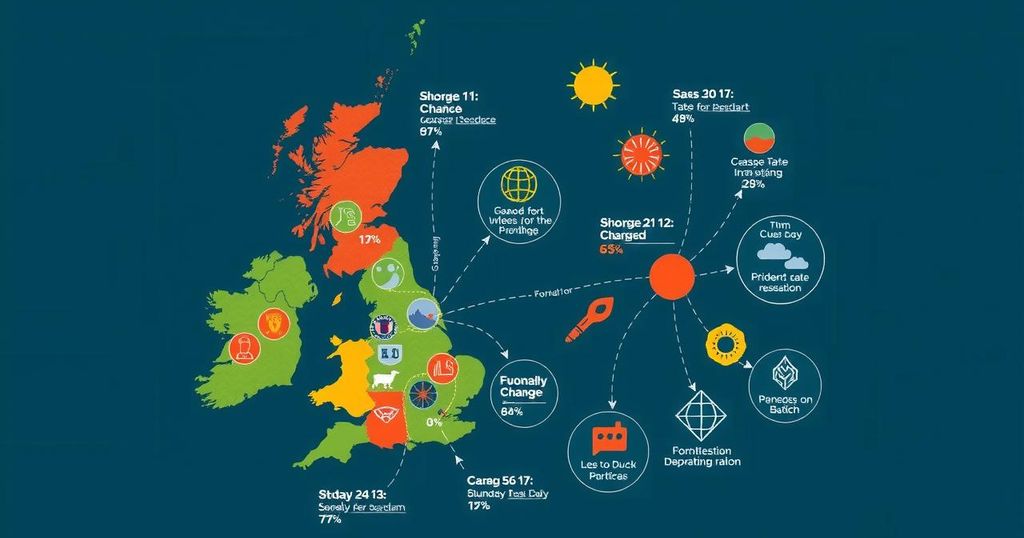Less than two weeks before COP29, South Africa secured a £2 billion climate finance deal with Eskom, amid concerns of corruption. The UK has pledged to contribute £7.7 billion towards a larger £240 billion annual commitment from developed nations. However, critics advocate for transparency, fearing funds may be mismanaged in corrupt regions like South Africa and India while the political consensus on climate change faces growing skepticism.
In a recent climate finance announcement, South Africa’s state power company, Eskom, pledged to reduce emissions from its aging coal-fired plants in exchange for £2 billion. However, former CEO André de Ruyter highlighted significant concerns about corruption within the company, revealing a loss of over £44 million monthly due to graft. South Africa ranks among the top recipients of climate finance, showcasing a significant commitment from wealthier nations, including the United Kingdom, which has pledged £7.7 billion as part of a broader commitment to provide £240 billion annually by 2035 to help developing countries combat climate change.
The credibility of these announcements, however, has been scrutinized, with many critics emphasizing the absence of inflation-adjusted figures in the financial commitments. Greta Thunberg characterizes these declarations as “hot air.” As the COP29 climate summit concluded, the lobbying effort to define who receives funding intensified, with the UK positioning itself as a major contributor. The UK also boasts a milestone achievement as the first G20 nation to halve its carbon emissions since 1971.
Although the financial aid is substantial, concerns over transparency and corruption loomed large, particularly regarding how funds are allocated across various regions. Regions like India, which received £1.2 billion as the largest climate finance recipient, and China, despite being a major greenhouse gas emitter, have faced accusations of misusing climate funds through initiatives that primarily benefit their government interests. Transparency International’s reports have indicated that there’s a significant risk of these funds being misappropriated through corruption or negligence, particularly in countries with high corruption rankings.
The impending gathering for COP30 in Brazil will likely see developing nations intensely lobbying for further financial aid, even as corruption issues threaten the effective utilization of climate finance. The changing political landscape, with leaders like Argentina’s Javier Milei denying climate change, adds further uncertainty. In the UK, political divisions over climate strategies grow more pronounced, raising the question of how committed countries truly are to addressing the climate crisis amid skepticism about the existence of climate change itself.
The article discusses the complex landscape of climate finance commitments made by developed nations to assist poorer countries in combating climate change. It centers on the recent announcement involving South Africa’s Eskom power company, emphasizing issues related to corruption and the effective allocation of funds. It also highlights the roles of major donor countries, the commitments made during COP29, and the challenges posed by political changes and existing geopolitical tensions regarding climate action. The disparities between promised climate aid and its on-ground realities reflect ongoing debates surrounding climate finance.
While the pledges of billions in climate finance symbolize a commitment to addressing climate change, the intersection of corruption and misallocation of funds raises questions about the efficacy of these investments. As developing nations prepare to leverage the upcoming COP30 for further financial support, the assurance of transparency and proper governance remains paramount. The global dialogue on climate change is widening, with varying political perspectives complicating efforts to achieve actionable solutions. Ultimately, the effectiveness of financial commitments will depend not only on the amounts pledged but also on the integrity and transparency of their distribution.
Original Source: www.telegraph.co.uk






